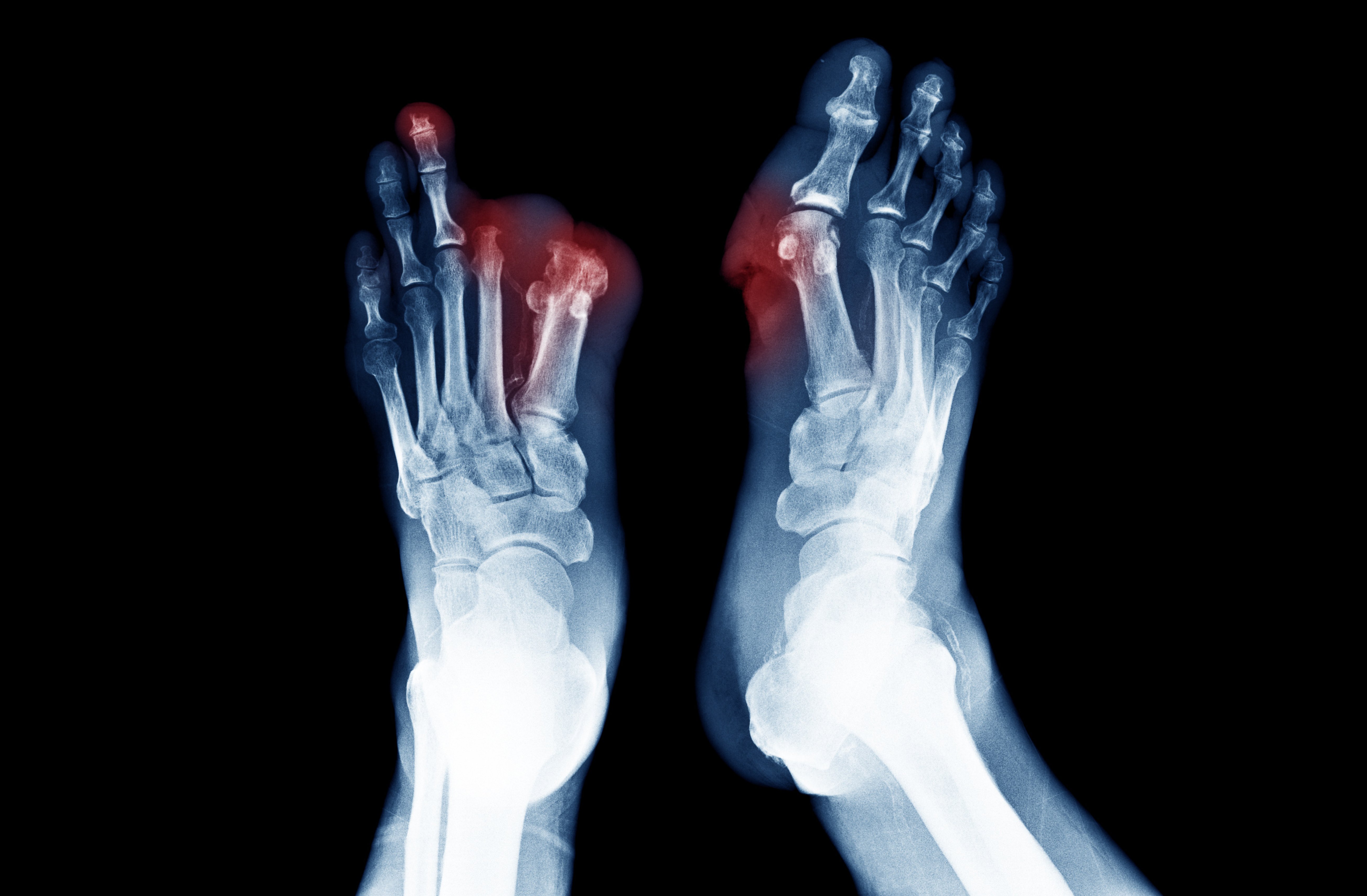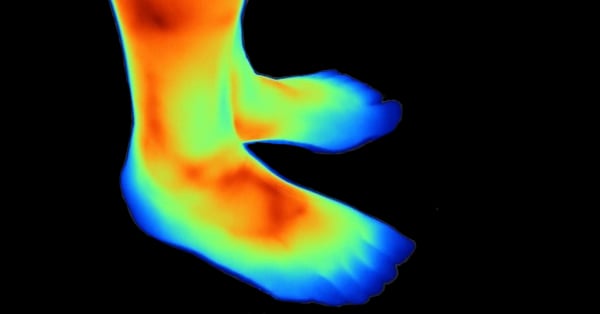Topics: Peripheral Artery Disease, Atherectomy, Lumivascular
Atherectomy is a minimally-invasive method of removing plaque to open up arteries blocked with plaque. Unlike angioplasty and stenting, which are designed to move plaque to the side but not get rid of it, a successful atherectomy removes the plaque from the artery and restores normal healthy blood flow. Atherectomy has become a major therapy to help manage PAD, specifically in the lower legs.
Lumivascular atherectomy – Seeing inside your vessel
One of the latest advancements in atherectomy therapy is Lumivascular technology. Lumivascular technology has a camera-like imaging fiber on the end of the catheter, which allows a doctor to see inside the artery in real time. During the atherectomy, your physician can interpret and distinguish between healthy and diseased tissue.
This technology is extremely important because other techniques that use fluoroscopic imaging for getting rid of plaque carry the risk of removing healthy tissue and creating vessel injury. In one study of atherectomy patients, 53% of the patients experienced vessel injury. One year after their procedure 97% of these patients experienced restenosis, which means that the artery became blocked again.1
Since Lumivascular atherectomy allows your physician to see inside your artery, they can selectively remove plaque while avoiding harm to the healthy tissue in the vessel.
Additional advantages of atherectomy
Atherectomies have been proven effective as a stand-alone therapy to help patients suffering from PAD. In addition, Lumivascular technology can have significant benefits for physicians who wish to combine multiple therapy methods.2
For instance, physicians may use an atherectomy to "prepare" the vessel before stenting. By clearly seeing and removing the plaque, the stent is able to rest against and support the vessel wall instead of resting insecurely on the plaque that was causing the blockage.
Physicians who use drug-coated balloons (DCB) have also found viewing the vessel with Lumivascular atherectomy extremely beneficial. First, Lumivascular technology enables the physician to properly measure the size of the vessel so that the balloon can make direct contact with the vessel walls. The DCB needs direct contact because the balloon pushes a drug directly into the vessel tissue in order to work properly. The drug is designed to help limit restenosis or blockage after the procedure.
What happens during a Lumivascular atherectomy procedure?
Your physician will insert the catheter into small incision to reach the part of your artery blocked with plaque. A Lumivascular atherectomy catheter has a hollow cylinder on the tip with an open window on one side and a tiny balloon on the other. Once the clogged section of the artery is reached, the balloon inflates and pushes the window against the plaque that’s clogging the vessel. A blade (cutter) within the cylinder will then rotate and shave off any fat that goes into window. The shavings are caught in the nosecone of the catheter and removed. This process is repeated as needed to remove the plaque to allow better blood flow in the artery.
Using the Lumivascular technology will help your doctor see the disease and layers of plaque on the artery wall. In addition, it will help your doctor be more precise when cutting to avoid harming any of the healthy layers of the artery walls. Disrupting the healthy tissue has been shown to worsen the blockage (restenosis) in the arteries.
How long does the atherectomy procedure last?
The procedure itself generally takes two hours, but the preparation and recovery time will take several hours. After the procedure, you will need to lie flat for three to six hours. In addition, the surgery may require a minimum hospital stay of one to two days.
What happens after the atherectomy procedure?
You can usually resume normal activities several days after the atherectomy. Your doctor will provide specific guidelines for your recovery.
In conclusion:
- Artherectomy removes the symptom causing plaque, restoring blood flood
- Lumivascular atherectomy allows your physician to see inside your vessel to remove the plaque and avoid healthy tissue
- Visualization inside the vessel helps prevent injury to the vessel which increase the chances of the arties clogging again
- Lumivascular Atherectomy is a successful therapy method
- Lumivascular Atherectomy can be used with other therapies to help size and prepare the vessel for stenting and/or drug coated balloons
Take Action:
Watch patients stories who have had Lumivascular procedure
Find a Lumivascular physician in your area
If you have found this article helpful, please don’t forget to share!
References
- Tarricone, et al. Histopathological Evidence of Adventitial or Medial Injury Is a Strong Predictor of Restenosis During Directional Atherectomy for Peripheral Artery Disease. J Endovasc Ther. 2015 Oct;22(5):712-5.
- Cioppa, et al. Combined treatment of heavy calcified femoropopliteal lesions using directional atherectomy and a paclitaxel coated balloon: one-year single centre clinical results. Cardiovasc Revasc Med2012;13:219-23.







